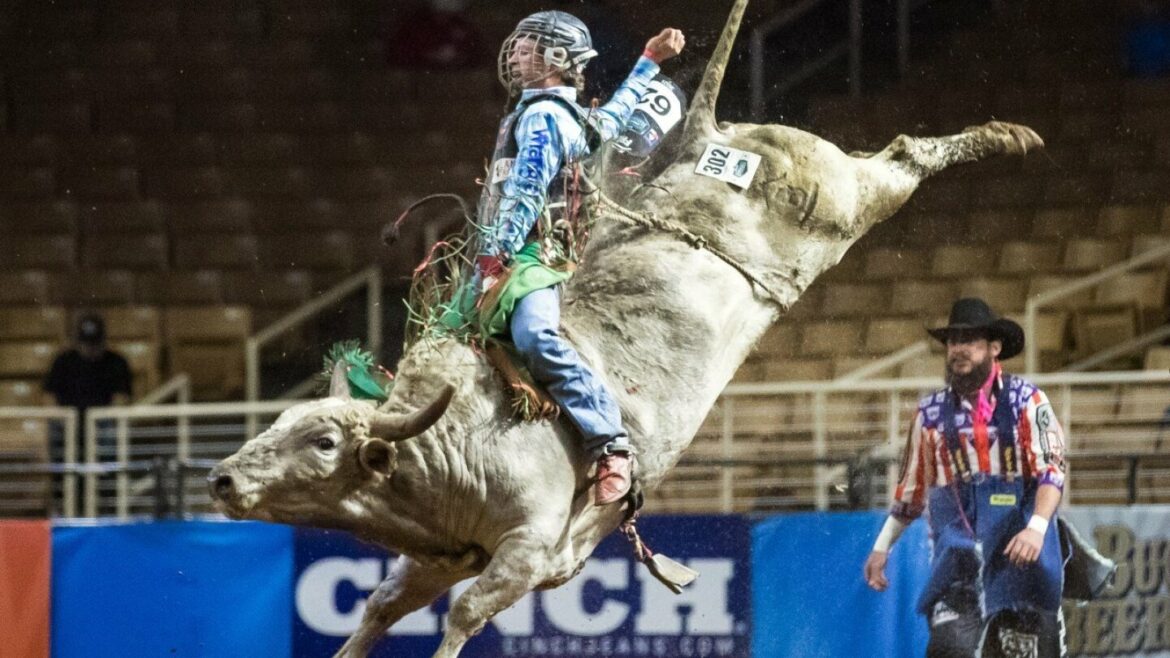Do you know what the biggest opponent of a bull rider is?
In any sport, especially rodeo, one of the biggest challenges for the athlete is maintaining emotional control.
How can emotional instability affect bull riding?
- The pupils dilate, causing the athlete to lose some focus in their vision and compromising their balance.
- Heart rate increases, and breathing becomes shorter, resulting in reduced oxygen intake, making the rider feel more tired and weak.
- Muscles tense up and contract, hindering the execution of movements, causing the athlete to make mistakes they would normally avoid.
All these things happen unconsciously and very quickly, causing you to lose control and succumb to these sensations.
But how can you develop emotional resilience and prevent all of this from happening?
HAVE SELF-CONFIDENCE
Why do you ride bulls? Trusting in your abilities is crucial, not only to eliminate anxiety but also for the sport itself.
However, it is not enough to believe that you are capable; you need to strive to be capable, train, improve your techniques, and put in the effort.
SELF-AWARENESS
Pressure exists, and there’s no avoiding it. Therefore, you must be prepared and ready to face it.
Identify your weaknesses and work on them every day to correct them. This builds a certain resilience that will protect you during moments of tension.
ONE BULL AT A TIME
It’s normal for a rider to think about various bulls, especially if they are at a rodeo where “that specific bull will be there, will I draw it?”
Instead, focus only on your next bull. All you need to do is ride well on your next bull.
There’s no use wasting energy thinking about the finals when you still have four more bulls to ride. So, concentrate solely on your next bull, the bull you have to ride today. This also applies to training; focus only on your next bull.



